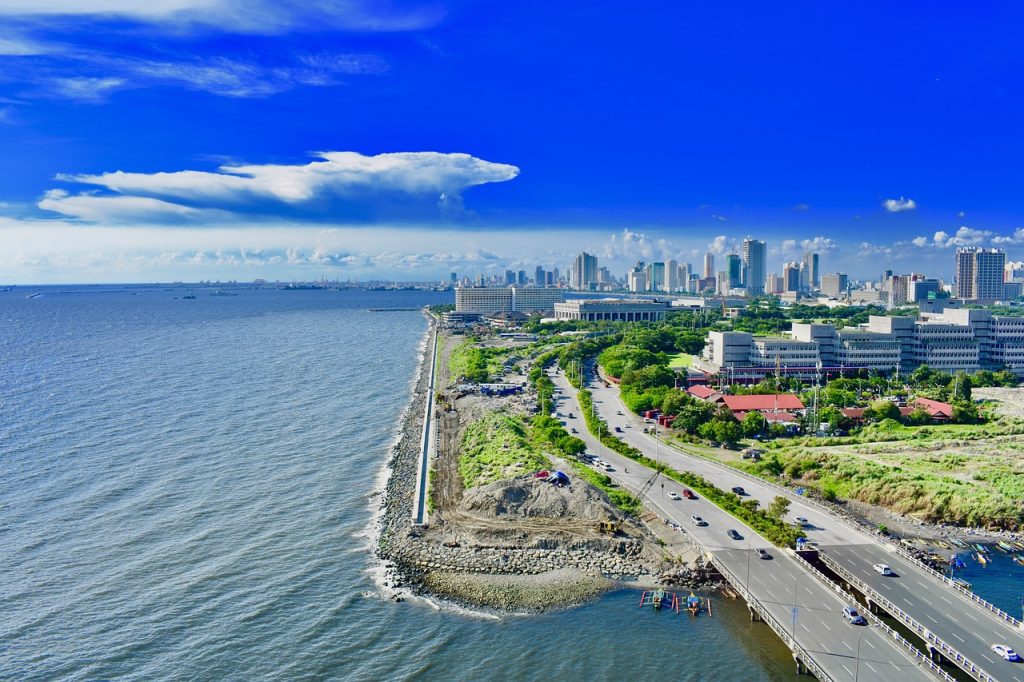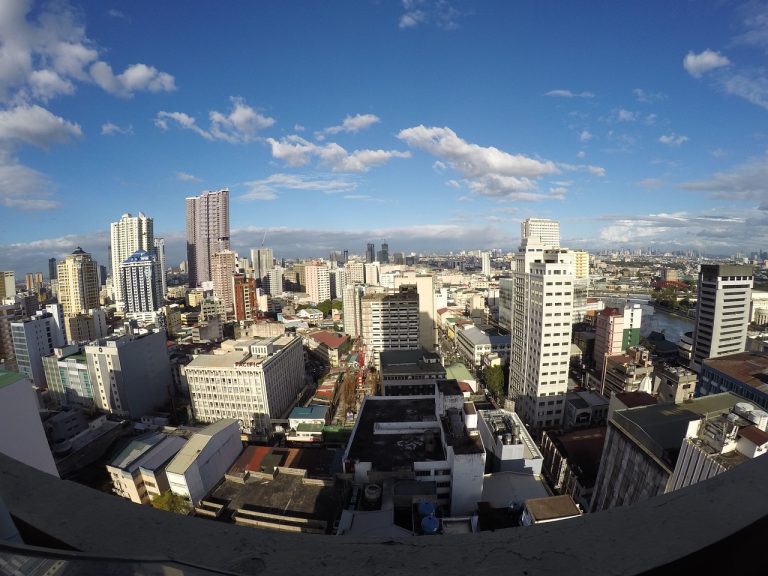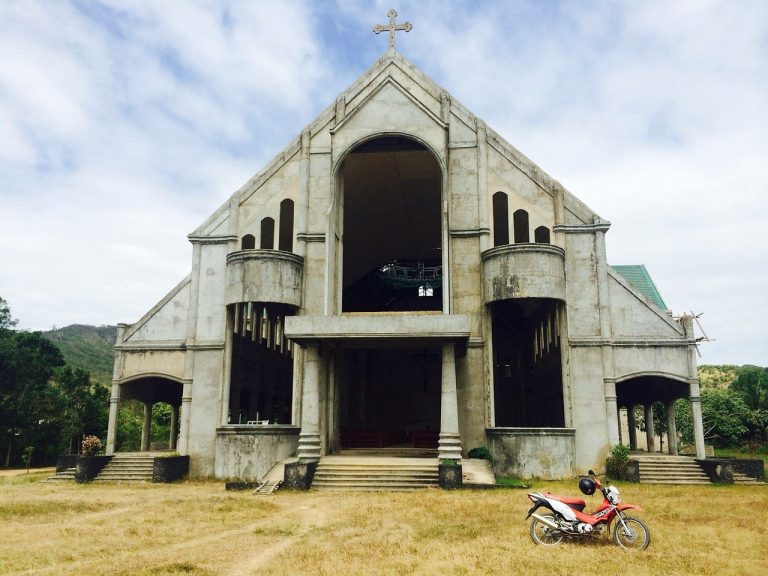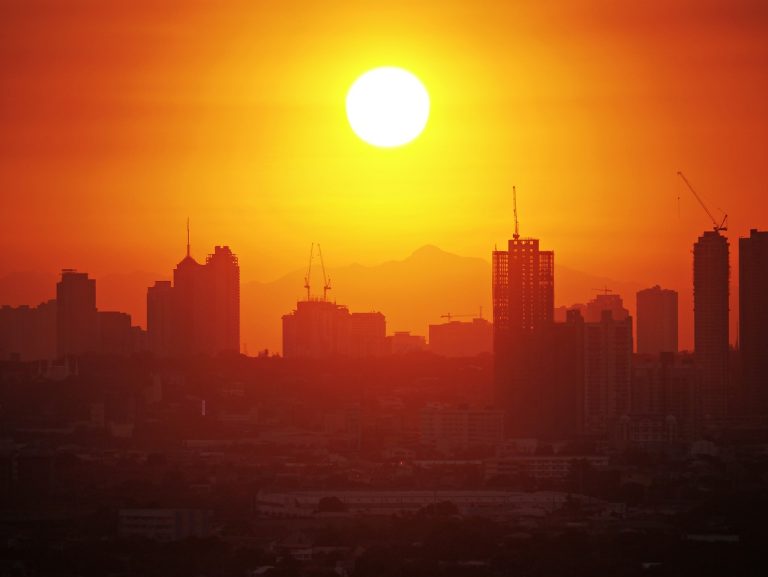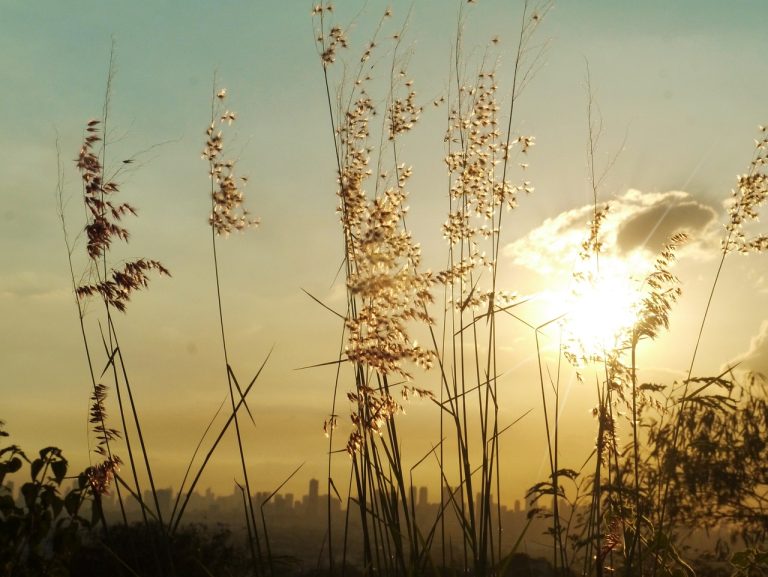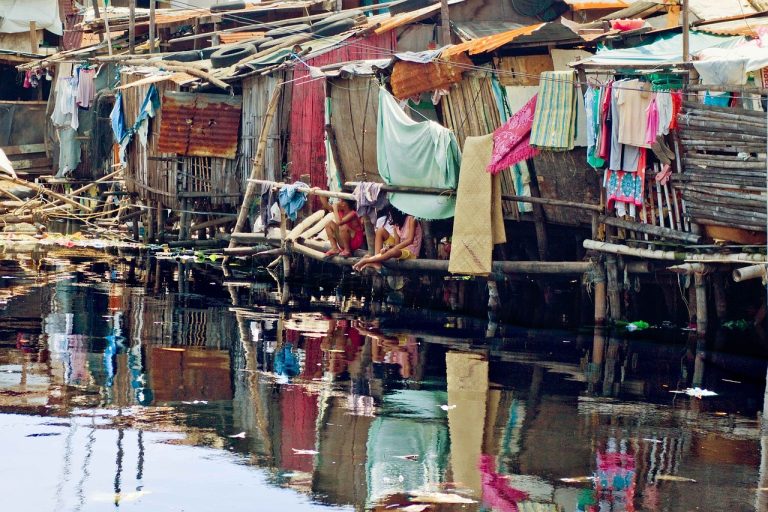Manila Philippines Video
Social and Cultural Impact of Manila Philippines
Manila, the bustling capital city of the Philippines, is a vibrant metropolis that has a rich social and cultural heritage. Over the years, Manila has undergone significant changes, influenced by various factors such as colonization, urbanization, and globalization. This article explores the social and cultural impact of Manila Philippines, highlighting its unique aspects and contributions to the country.
Historical Landmarks
- Intramuros: The historic walled city of Intramuros showcases Manila’s Spanish colonial past. The well-preserved structures, such as Fort Santiago and San Agustin Church, provide a glimpse into the city’s history.
- Rizal Park: Named after the national hero, Jose Rizal, this park serves as a venue for cultural events and gatherings. It is a symbol of national pride and a popular spot for recreation.
- Malacañang Palace: As the official residence of the President of the Philippines, Malacañang Palace holds significant political and historical importance. It reflects the country’s governance and serves as a symbol of power.
Keywords: Intramuros, Rizal Park, Malacañang Palace

Religious Diversity
- Quiapo Church: Also known as the Minor Basilica of the Black Nazarene, Quiapo Church is a significant religious site for Filipino Catholics. It attracts millions of devotees during the annual Black Nazarene procession.
- Binondo Church: Located in Manila’s Chinatown, Binondo Church is one of the oldest churches in the country. It represents the fusion of Filipino and Chinese cultures and is a testament to Manila’s multiculturalism.
- Manila Cathedral: The seat of the Archdiocese of Manila, Manila Cathedral is a prominent place of worship for Catholics. Its stunning architecture and historical significance make it a must-visit landmark.
Keywords: Quiapo Church, Binondo Church, Manila Cathedral
Art and Culture
- National Museum of the Philippines: This institution houses a vast collection of Filipino art, artifacts, and historical treasures. It serves as a hub for cultural education and preservation.
- Cultural Center of the Philippines: The Cultural Center of the Philippines promotes and showcases Filipino arts and culture through various performances, exhibitions, and events.
- Manila Film Center: Known for its distinct architecture, the Manila Film Center is a venue for film screenings, festivals, and other cultural activities. It contributes to the development of the local film industry.
Keywords: National Museum of the Philippines, Cultural Center of the Philippines, Manila Film Center
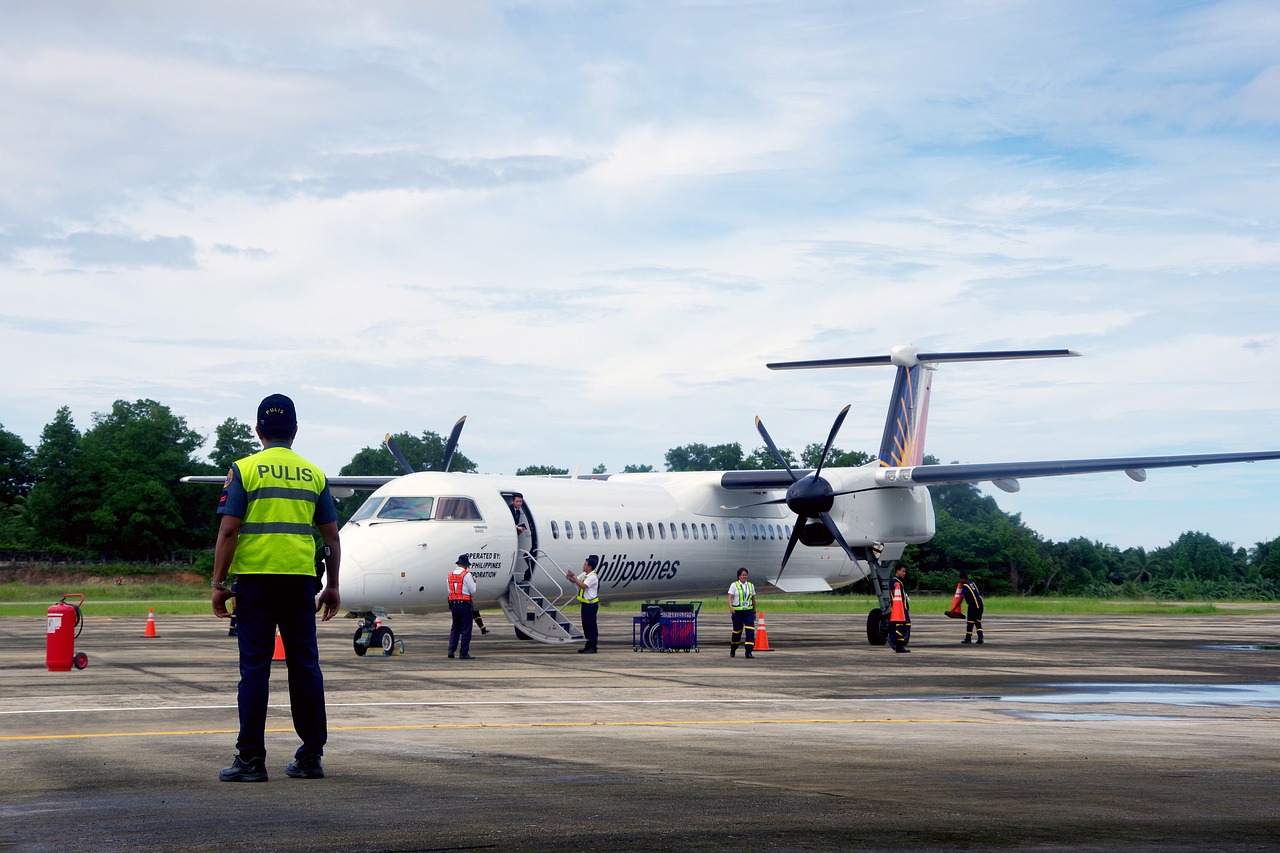
Economic Hub
- Makati Central Business District: Makati CBD is the country’s premier financial and commercial district, housing multinational corporations, banks, and upscale shopping centers. It plays a vital role in the country’s economy.
- Bonifacio Global City: BGC is a rapidly developing business district known for its modern infrastructure, high-end residential areas, and vibrant lifestyle. It has become a hub for technology and innovation.
- Manila Ocean Park: Aside from being a popular tourist attraction, Manila Ocean Park contributes to the local economy by providing employment opportunities and promoting marine conservation.
Keywords: Makati Central Business District, Bonifacio Global City, Manila Ocean Park
Education and Intellectual Capital
- University of Santo Tomas: Founded in 1611, UST is one of the oldest universities in Asia. It is known for its rich academic tradition and contributions to various fields of study.
- De La Salle University: DLSU is a prestigious institution known for its excellent academic programs and research initiatives. It plays a significant role in shaping the intellectual capital of Manila.
- Ateneo de Manila University: ADMU is another esteemed university that fosters critical thinking and social responsibility among its students. It has produced notable intellectuals and leaders.
Keywords: University of Santo Tomas, De La Salle University, Ateneo de Manila University
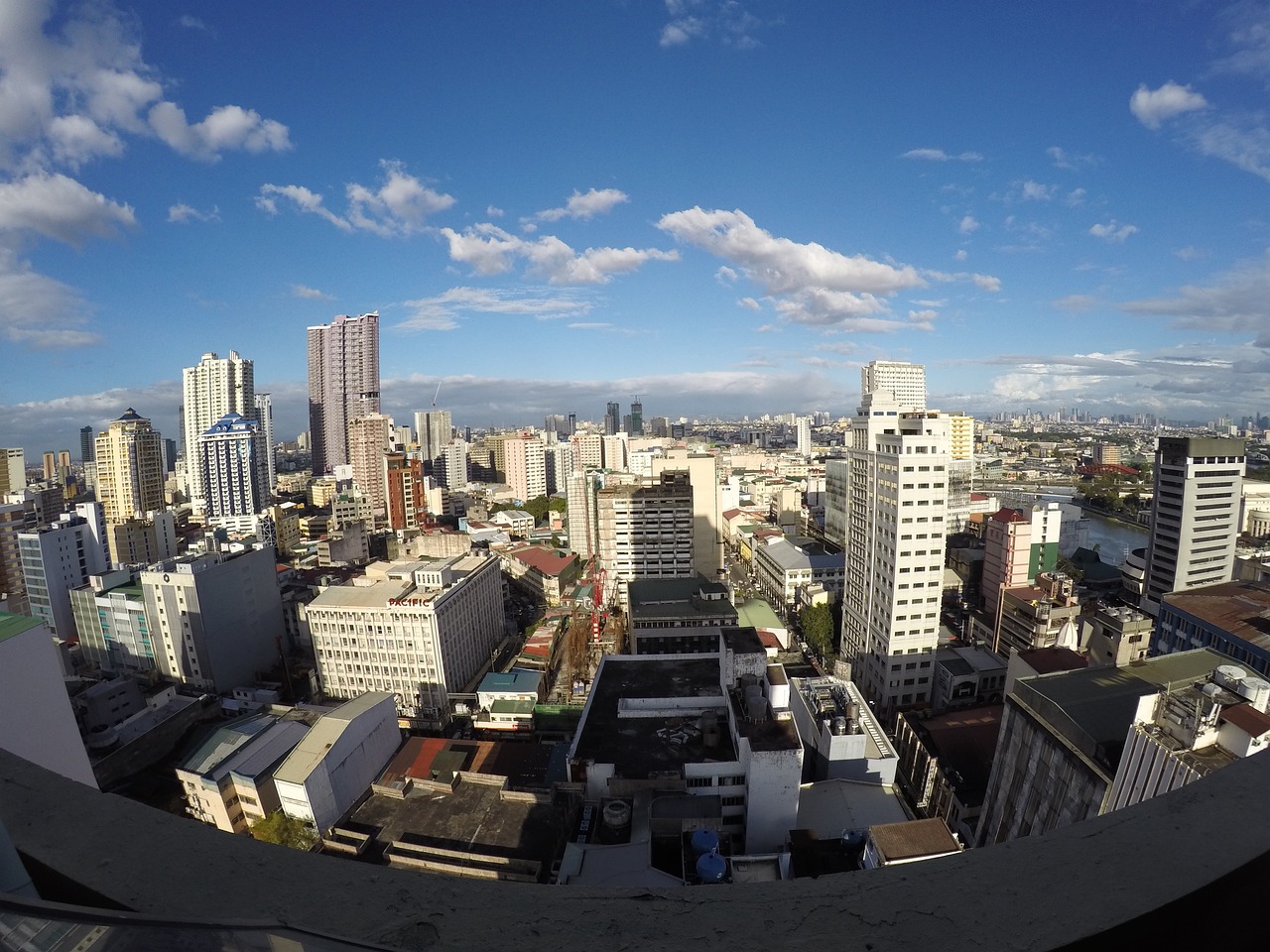
Modern Entertainment
- SM Mall of Asia: As one of the largest malls in the world, SM Mall of Asia offers a wide range of shopping, dining, and entertainment options. It has become a go-to destination for locals and tourists alike.
- Resorts World Manila: This integrated resort complex features a casino, hotels, theaters, and a wide array of dining and entertainment choices. It caters to both local and international visitors.
- Manila Baywalk: The Manila Baywalk offers a picturesque view of the sunset and is a popular spot for leisurely walks, bike rides, and dining by the bay.
Keywords: SM Mall of Asia, Resorts World Manila, Manila Baywalk
Transportation and Infrastructure
- Ninoy Aquino International Airport: NAIA serves as the main gateway to the Philippines, connecting Manila to various international destinations. It plays a crucial role in facilitating tourism and trade.
- LRT and MRT: The Light Rail Transit (LRT) and Metro Rail Transit (MRT) systems provide convenient transportation options for commuters within the city. They help alleviate traffic congestion and improve mobility.
- Manila North Harbor: The Manila North Harbor is a major seaport that handles both domestic and international shipping. It facilitates trade and contributes to the country’s economy.
Keywords: Ninoy Aquino International Airport, LRT and MRT, Manila North Harbor
Green Spaces
- Rizal Park: In addition to its historical significance, Rizal Park offers a peaceful retreat amidst the bustling city. It features gardens, sculptures, and open spaces for relaxation.
- Manila Ocean Park: Apart from its role in the economy, Manila Ocean Park provides a green oasis with its marine-themed park and gardens.
- Paco Park: Paco Park is a serene park and historical landmark that offers a respite from the urban environment. It is known for its beautiful gardens and the Paco Cemetery.
Keywords: Rizal Park, Manila Ocean Park, Paco Park
Conclusion
Manila Philippines has a profound social and cultural impact not only within the country but also in the international arena. Its historical landmarks, religious diversity, art and culture scene, economic significance, educational institutions, modern entertainment options, transportation infrastructure, and green spaces all contribute to its vibrancy and influence. Manila continues to evolve and adapt, embracing its rich heritage while embracing progress and innovation.
References
- National Museum of the Philippines: nationalmuseum.gov.ph
- Cultural Center of the Philippines: culturalcenter.gov.ph
- Manila Ocean Park: manilaoceanpark.com
- University of Santo Tomas: ust.edu.ph
- De La Salle University: dlsu.edu.ph
- Ateneo de Manila University: ateneo.edu
- SM Mall of Asia: smmallofasia.com
- Resorts World Manila: rwmanila.com
- Ninoy Aquino International Airport: mnlairport.ph
- Manila North Harbor: ppa.com.ph

